The bombshell news that the 2023 MotoGP championship will have a completely different format for the first time in the series’ 73-year history has been made official, with a somewhat heated press conference ahead of qualifying for the Austrian Grand Prix featuring series boss Carmelo Ezpeleta, FIM president Jorge Viegas and IRTA president Herve Poncharal laying out some (but by no means all) of the details of Dorna’s new plan.
Making official much of what was already circulating in the media following Friday’s team managers’ briefing, the press conference nonetheless firmed up much of that – but also left plenty of questions that still haven’t been answered or clarified. Here’s what we know so far.
The plan isn’t set in stone just yet
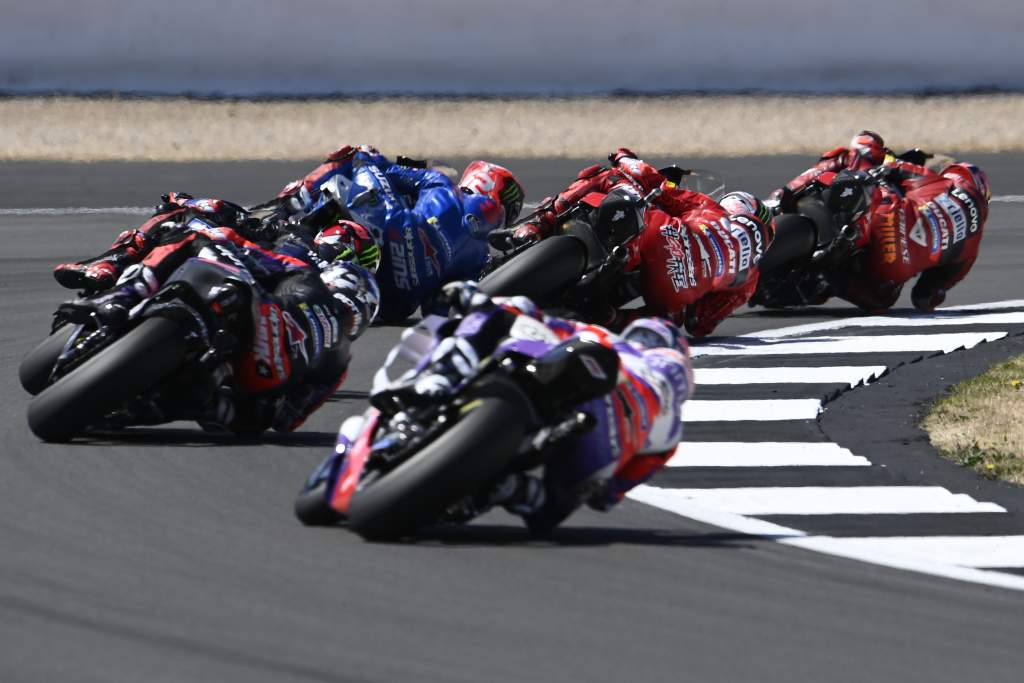
One thing is very clear: we might have got a rough outline of the plan so far, but at this point it is only just a plan, and there could well be tweaks coming in the future. The fact that riders were consulted only hours before the announcement (and after it had already leaked to the press) suggests that there’s still considerable input needed before what remains for now only proposals becomes set in stone.
That change could come in any number of ways once the riders in particular get the chance to thoroughly debate the proposals first put to them only at Friday night’s safety commission, but based on the initial feedback (admittedly mainly based on rumour and not fact on Friday afternoon) it seems like there may be some tweaks to come.
The format is largely what we expected
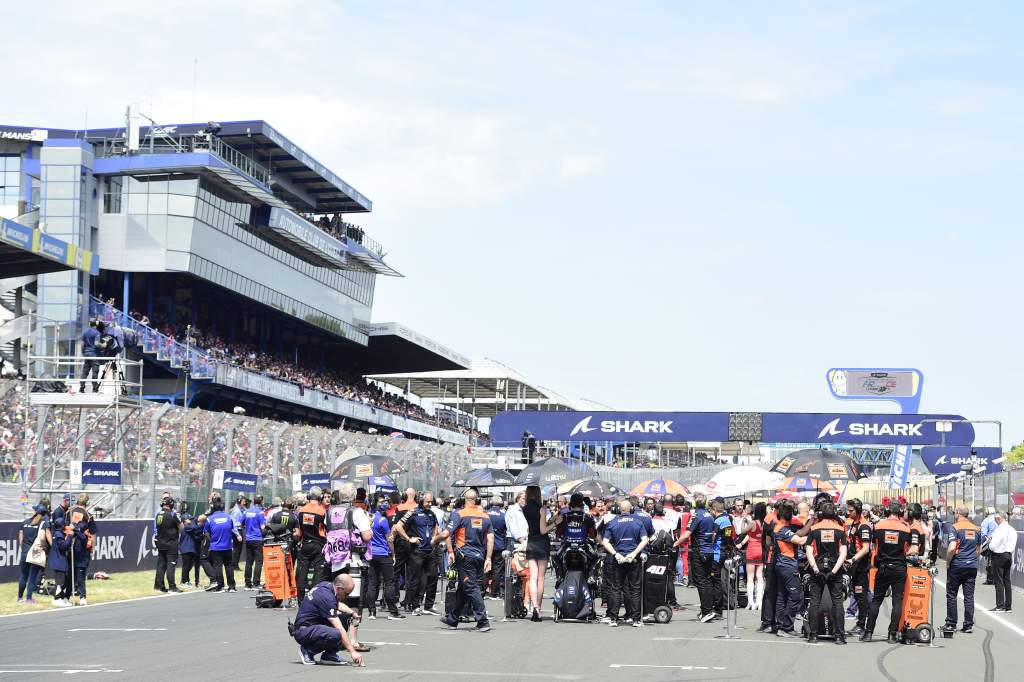
The planned format will consist of a Saturday afternoon race that should be half the distance of the normal Sunday main event, with the race taking the place of the FP4 session. That means that costs will in theory remain largely the same for teams, with no extra tyres or fuel needed.
A single practice session will take place on Saturday morning before qualifying – something that is likely to be questioned by riders thanks to the different time (and therefore track conditions) to both Saturday’s 1500 race and Sunday’s 1400 main event. It won’t count towards Q1/Q2 qualifying (like FP4 currently doesn’t), with that now coming down entirely to Friday’s two elongated FP1 and FP2 sessions.
Sprint races will happen at every single round

Perhaps the most shocking aspect of the new proposal is that MotoGP plans to introduce sprint races not at only a few rounds a year (like F1 have, where they take place on only three weekends a season), but at every single one of the proposed 22 races, a staggering 100% expansion.
Sure, it’s no more theoretical track time – something that Poncharal in particular was keen to stress in the press conference – but there is undoubtedly a mental and physical toll that the pressure of extra race starts will take on riders and teams.
A sprint win looks set to count as a race win
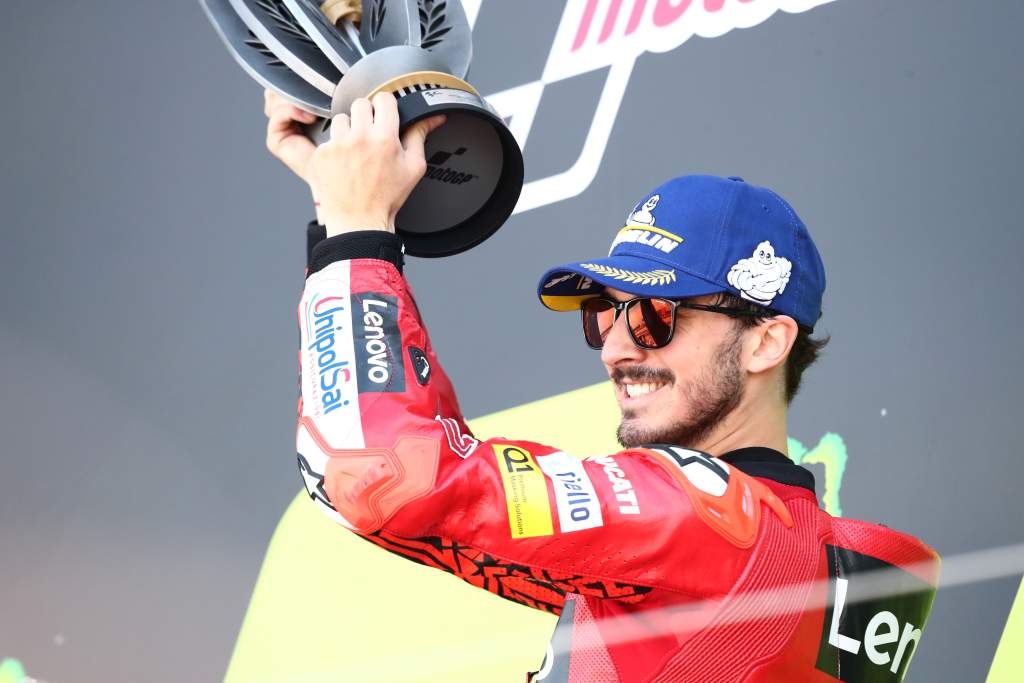
Something that FIM president Viegas says is still to be thought about, it nonetheless seems pretty certain that sprint race wins will go into the record books with the same stature as any other win.
An issue that both WSB and F1 have struggled with, it’s certain to be one of the most divisive of the whole affair thanks to claims from some that it devalues the record of previous racers.
“I think we can better think about this,” Viergas said, “but a victory is a victory. There is a podium, there is a trophy, so why not make it count? We will think about it.”
‘Half-points’ but not quite
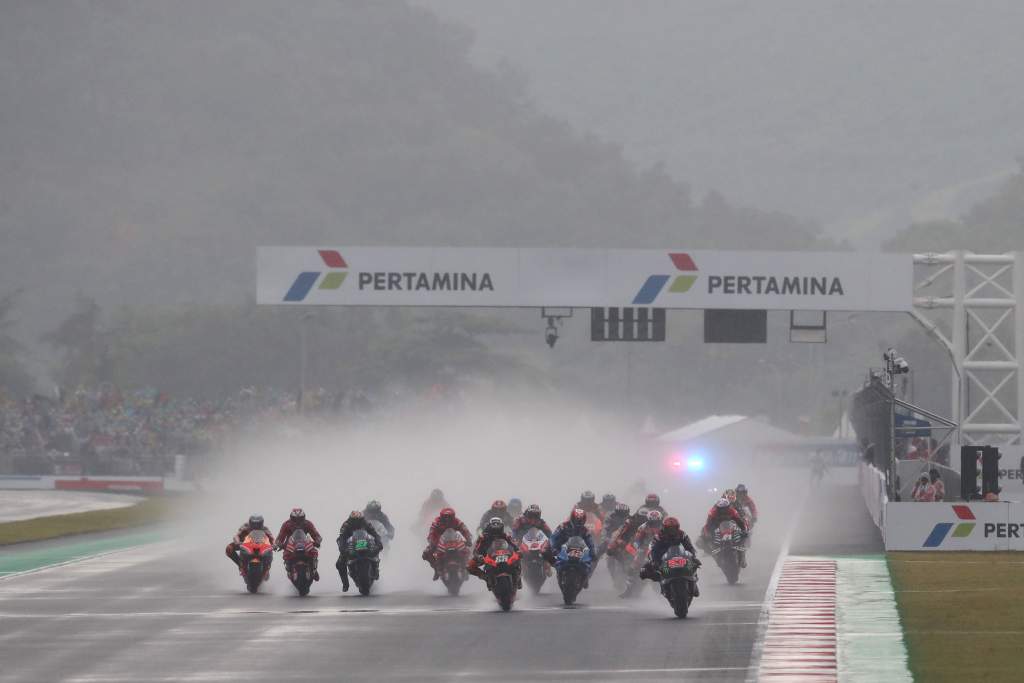
All three parties in the press conference were adamant that a half race would score half points – something already written into the rules in case of multiple red flags meaning that a race cannot reach full race distance.
But .5 points scores will not become the norm in the championship standings (half of 25 is, after all, 12.5). Instead MotoGP will borrow the ‘superpole race’ points-scoring system used in World Superbikes, where a win is worth 12 points and only up to ninth place (instead of 15th) score, for a total allocation of 12-9-7-6-5-4-3-2-1.
MotoGP will always be the final grand prix of the day
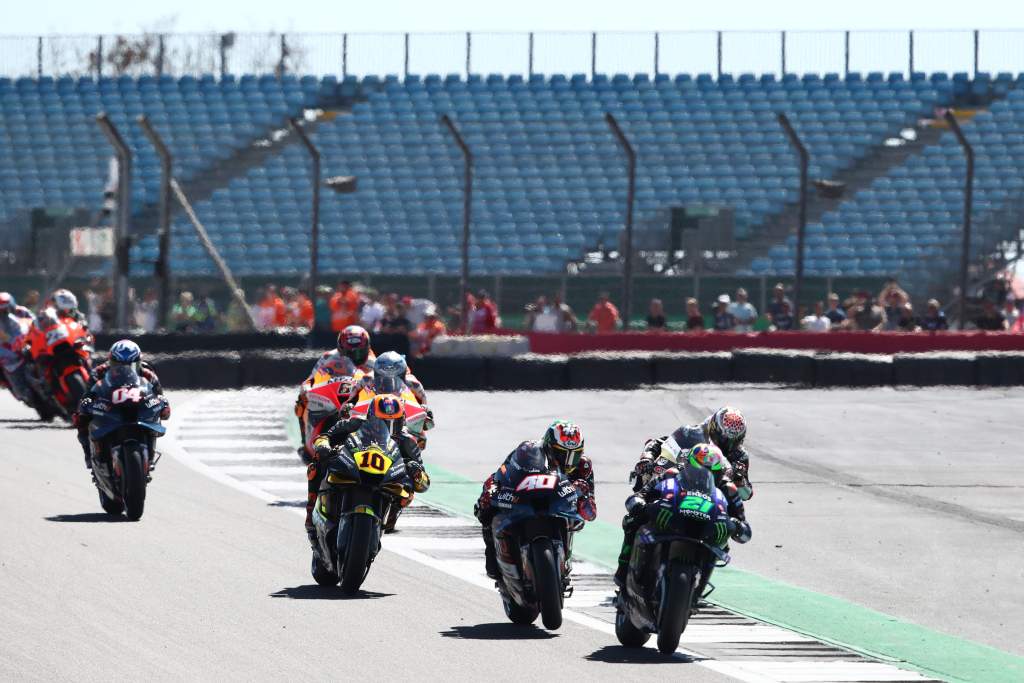
In a notable change to the current format and one that wasn’t noted in the press conference, the schedule will now be locked in stone to ensure that MotoGP becomes the final race of the day at every single round, something that is undoubtedly geared towards fans in attendance.
In the past, the schedule has morphed multiple times over the course of a given season, normally to ensure that the MotoGP race remains at the same time for central Europe when it heads outside that timezone to places like Portugal or the UK, one hour ahead.
Riders’ union topic touches a nerve
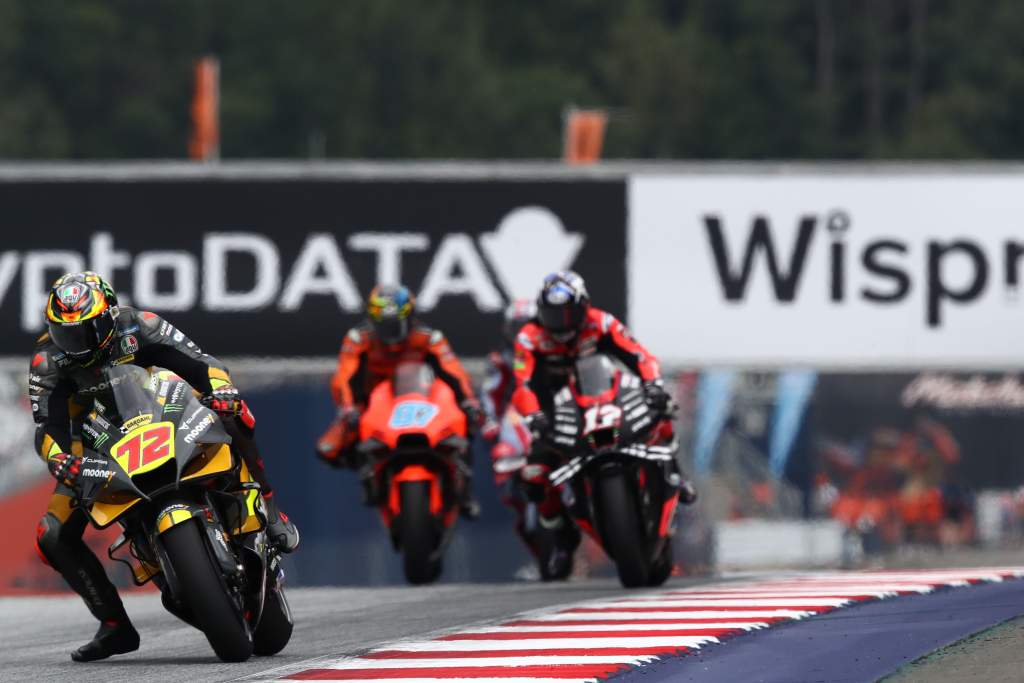
Slightly off-topic from the main event, the idea of a riders’ union (mooted on Friday afternoon by some of the grid as a response to the way they found out about the sprint race proposal) proved to be the most contentious part of the whole announcement, with Dorna boss Ezpeleta launching a tirade of sorts against Dutch journalist Frank Weeink for raising the subject.
The veteran race organiser uncharacteristically lost his cool as he insisted that until it is raised directly with him by the grid, it remains a non-issue.
“This is maybe something you have taken from the opinion of some of the riders and then created a necessity to talk about,” he insisted. “But I didn’t see any rider talking about the necessity of the union. I don’t have any opinion against it, but the close relation for the riders with the championship is better than in any other association in other or similar sports.
“It’s an argument for the press but it is not a reality. If they need to create something, they need to talk to me and not to you.
“You are [the ones] asking if they need a union and the answer is whatever it is.”





